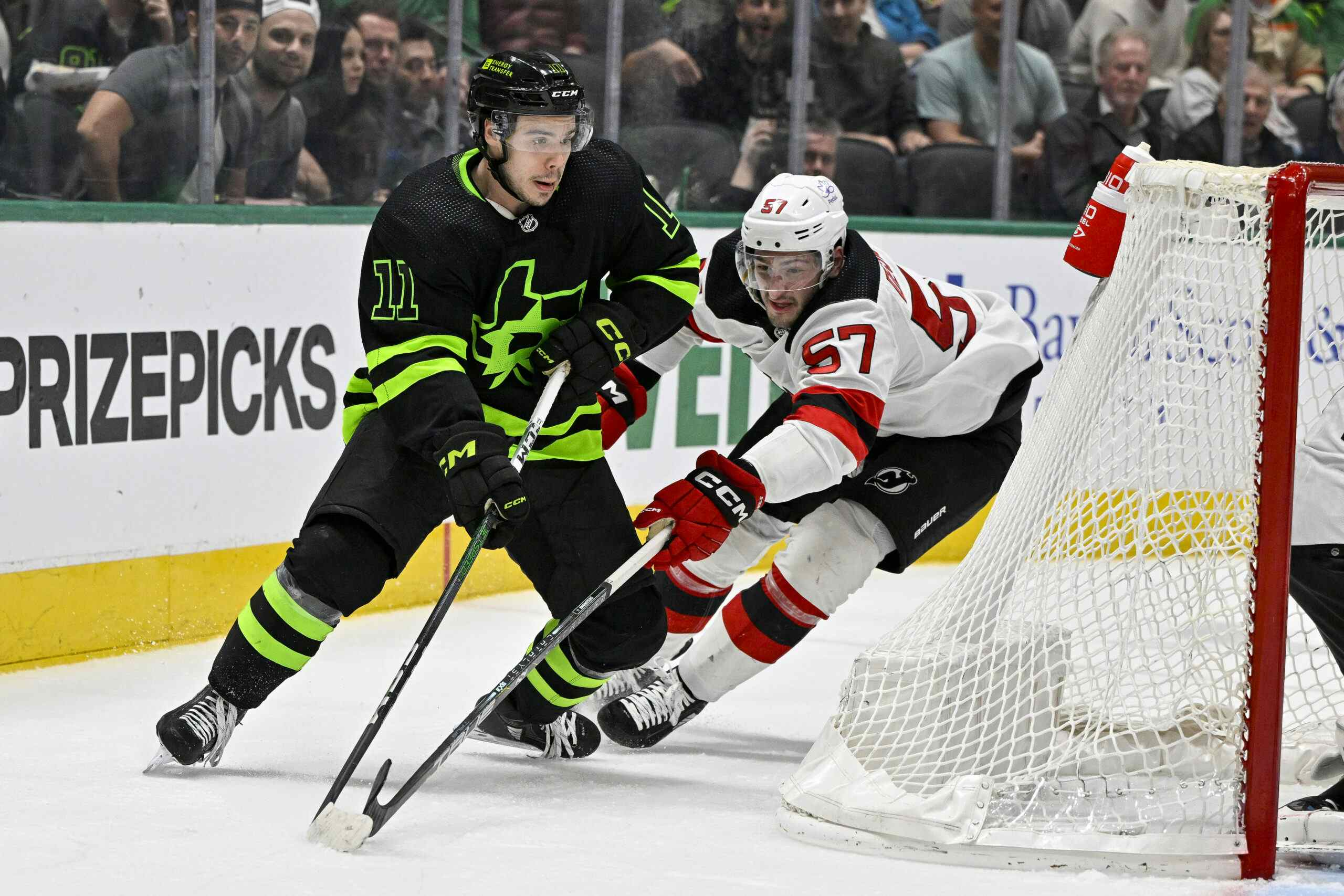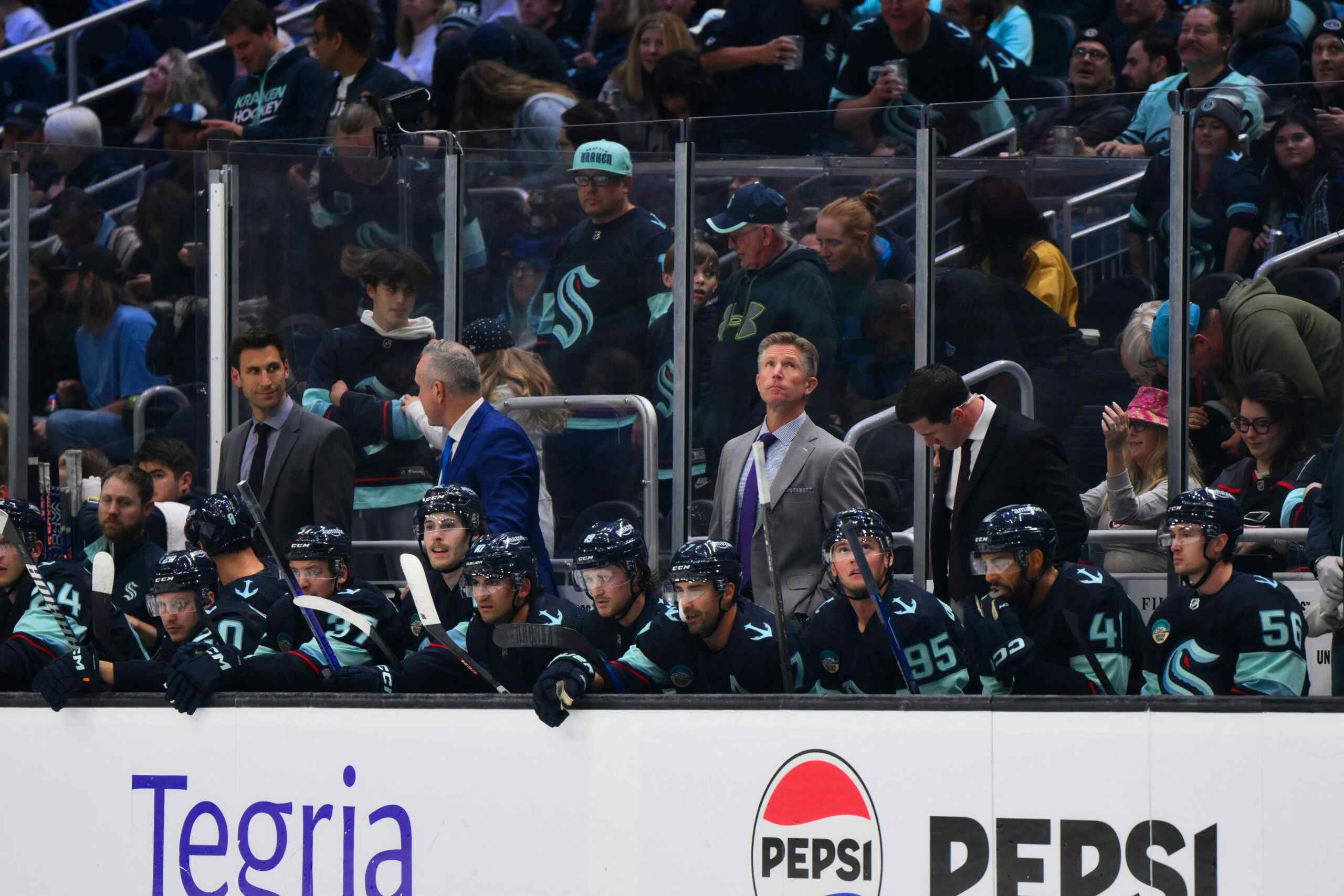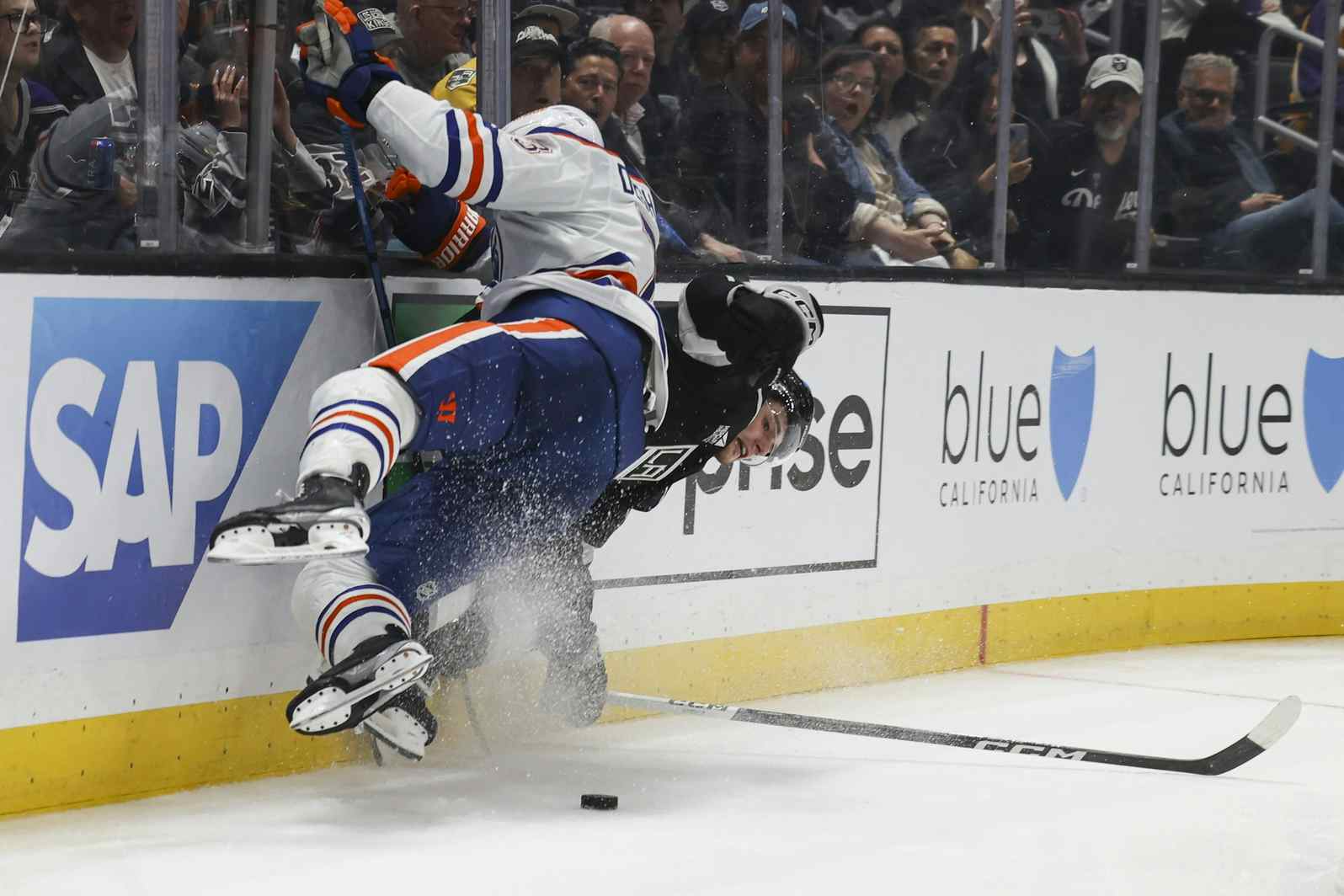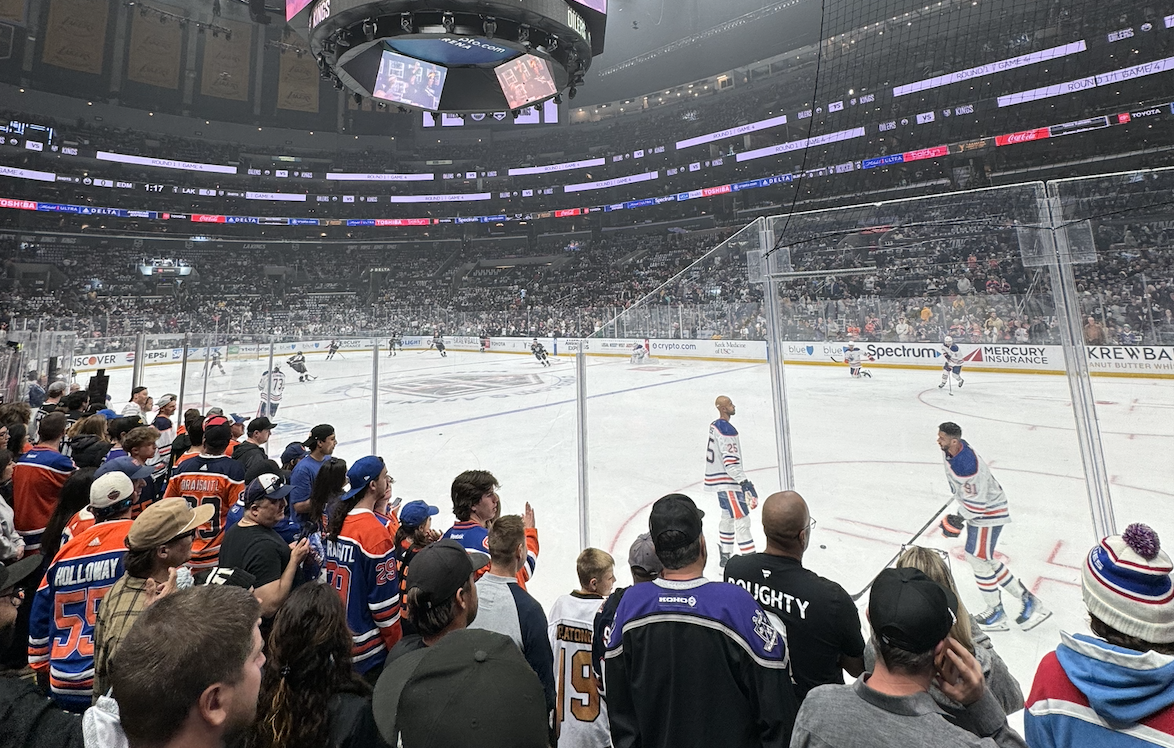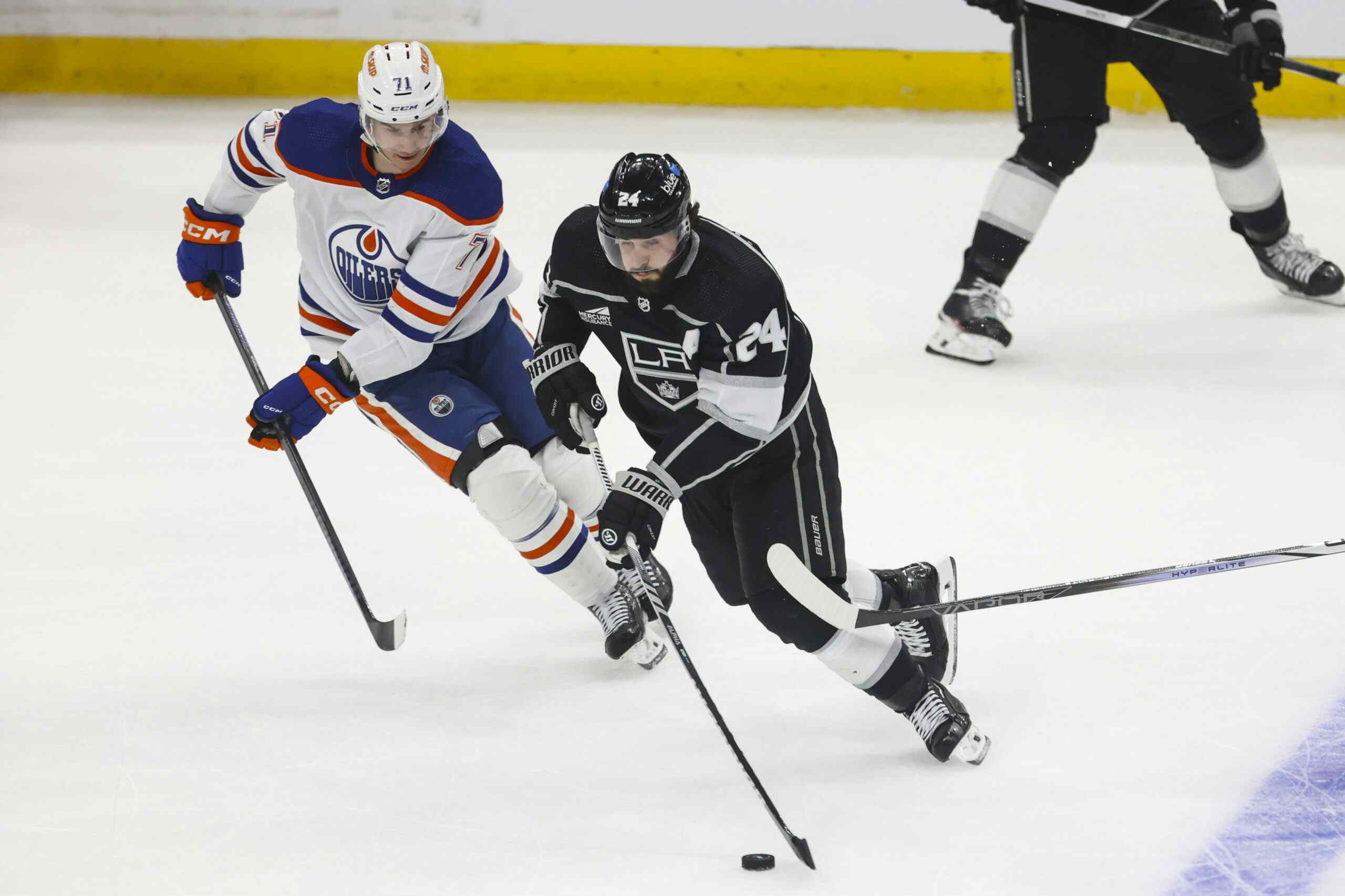Department of Obvious Statements: Ales Kotalik Edition

I had a positive post all ready to go, about love for the game.Lowetide had a great post on Sunday, and it reminded me that as much as I enjoy the nuts and bolts of the game, it’s good to remember why I love the game. Sure, Fernando Pisani will probably never catch fire again like he did in the 2006 playoffs, but those memories are gold. Yeah, the late-90’s Oilers teams never really did anything, but Curtis Joseph was incredible and it was impossible not to cheer for guys like Todd Marchant, Mike Grier, Ryan Smyth, Jason Smith and Ethan Moreau. Tough and willing, despite not having the greatest set of hands in the world – I loved that group.
That isn’t the post I’m going to write this morning, though. There are some ideas that are floating around out there about Ales Kotalik that bother me, so I’m just going to get into them.
I Don’t Care How Buddy-Buddy Ales Kotalik and Ales Hemsky Are – Kotalik Isn’t a First-Line Left Wing
Anybody have any idea how many points Ales Kotalik has this year at even-strength? 14. Let’s take a good look at the number 14 and see how it fits into the Edmonton lineup.
14 is less than half as many points as the Oilers leading even-strength scorer, Ales Hemsky (29). It’s exactly half as many points as the Oilers other new acquisition at left wing, Patrick O’Sullivan (28). It’s almost exactly half as many points as the Oilers best centre, Shawn Horcoff (27). In other words, it’s well back of the pack.
14 ranks fourth among the Oilers left wings. We’ve already discussed O’Sullivan, but Dustin Penner (22) and Ethan Moreau (22) are also well ahead of Ales Kotalik in even-strength scoring. Even Robert Nilsson, with seven fewer games and “inconsistent” as the first word in every scouting report this season, has 11.
But, you say, perhaps Kotalik’s having an off year? Last season, Kotalik had 19 even-strength points – 11th best among Sabres forwards. In fact, among regulars only Adam Mair, who played seven fewer games had less even-strength points (17).
There are plenty of advanced stats I could trot out to support my statement here (and yes, I’ve trotted them out before), but when you’re sandwiched between Marc Pouliot and Robert Nilsson in even-strength scoring, I shouldn’t have to.
Ales Kotalik is not a first line LW. End of story.
On The Other Hand, KotaliK’s Great On The Powerplay – As A Pointman
I’m frequently accused of not watching the games, or being hopelessly ignorant of anything other than math, so I’m going to engage in a little exercise – I’m going to review each of Ales Kotalik’s goals this year, from video available at NHL.com. If you want to follow along, go to this link, type in “Ales Kotalik” in the search bar, and flip over to highlights. You can watch every goal of his dating back for years, although I’ll only review this season.
February 24 vs. Anaheim: With Kotalik at the left point, Craig Rivet (#52) takes the puck at the right point. He hangs on to it for a minute, sees Kotalik sneaking in for a one-timer, and passes the puck over. Kotalik hammers it home.
February 13 vs. San Jose: Buffalo wins the draw in the offensive zone, with the puck going back to Rivet at the right point. He quickly flips it back to Kotalik, who fire a one-timer into the net.
February 11 vs. Ottawa: It’s difficult to make out who is playing the right point, but he takes the puck, sees Kotalik sneaking in, and flips it over to him. Kotalik, once again, fires a one-timer that beats the goaltender.
January 21 vs. Tampa Bay: Stop me if you’ve heard this before: the puck goes back to Rivet at the right point, who sees Kotalik sneaking in, sends it over to him, and he scores on the one-timer.
January 14 vs. Chicago: Rivet sneaks into the high slot as three defenders collapse toward the puck carrier, who passes it to Kotalik. Kotalik waits a split second, than puts a wrist shot home.
December 22 vs. Pittsburgh: Kotalik is sent in on a partial break, makes two quick moves, and then fires a wrist shot past the keeper. It looks just like his shootout goal against the Rangers.
December 8 vs. Pittsburgh: Kotalik is sitting in front of the net, and bangs home a rebound.
December 4 vs. Florida: Spacek and Kotalik sneak in from the point, and work the puck down to a forward sitting just off the side of the Panthers’ net. The forward sends the puck out to Spacek, who quickly passes to Kotalik. Kotalik one-times it home.
November 7 vs. Atlanta: Kotalik holds the puck in at the left point, and both he and his fellow point man sneak in. the puck is moved down to the low forward, who threads a pass through the Panthers box and on to Kotalik’s stick. Kotalik one-times the puck home.
October 17 vs. Vancouver (2): Kotalik takes the puck just in from the left point, and fires a screened wrist shot that beats Luongo.
October 17 vs. Vancouver (1): A Sabres forward carries the puck in with speed and is hooked going to the net. He blindly passes the puck behind him from one knee, finding Kotalik just in from the left point. Kotalik one-times it past Luongo.
Let’s review. Eleven of the thirteen goals that Ales Kotalik has scored are available at NHL.com. Six of those goals were scored on the powerplay, every single one of them from the left point. Three of his even-strength goals are scored on similar plays, with Kotalik alone in the high slot. One came on a breakaway, and one was a garbage goal in front of the net.
In other words: Ales Kotalik scores the vast majority of his goals on the powerplay, and from the left point/high slot. Why – and please, anybody, answer this – would Craig MacTavish deploy him as a forward on the powerplay, leaving Steve Staios on the point?
In conclusion, I have three simple points:
1. Ales Kotalik is not the solution at first line left wing.
2. Ales Kotalik scores the vast majority of his points on the powerplay, not even strength.
3. Ales Kotalik has had success as a point man on the powerplay, not a forward, so Craig MacTavish would likely be better off using him as such.
2. Ales Kotalik scores the vast majority of his points on the powerplay, not even strength.
3. Ales Kotalik has had success as a point man on the powerplay, not a forward, so Craig MacTavish would likely be better off using him as such.
Recent articles from Jonathan Willis

